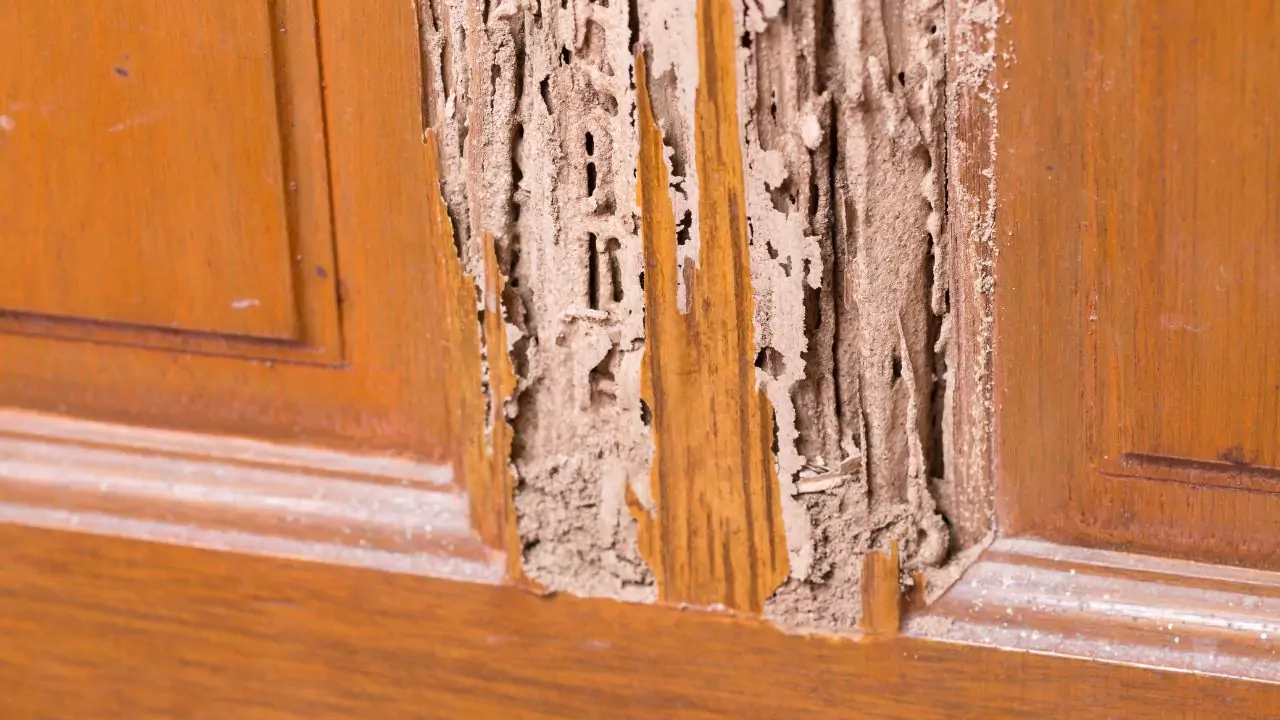No, house insurance typically does not cover termite damage. Termite infestations are considered preventable through proper maintenance, and therefore, the cost of termite damage and removal is the homeowner’s responsibility.
Understanding Termite Damage and Insurance Coverage
Types of Termite Damage
Termites are silent destroyers, slowly eating away at the structural integrity of your home. They burrow through wood, creating tunnels and weakening beams, floors, and walls. Termite damage can be extensive and costly to repair, often leading to thousands of dollars in expenses.
What is Covered by Homeowners Insurance?
Homeowners insurance is designed to protect against sudden and accidental losses, such as damage from fire, windstorms, or vandalism. It does not cover damage caused by pests, including termites. This is because termite infestations are considered preventable and are not considered sudden or accidental events.
When Does Homeowners Insurance Cover Termite Damage?
In rare instances, homeowners insurance may cover termite damage if it is a direct result of a covered peril. For example, if a tree falls on your house and damages the wood, allowing termites to enter, your homeowner’s insurance may cover the damage caused by the termites. However, the cost of termite treatment or removal would still be out of pocket.
How to Spot and Treat Termite Damage?
Signs of Termite Infestation
Early detection is crucial for minimizing termite damage. Here are some signs that may indicate a termite infestation:
- Mud tubes: These small, pencil-sized tubes are made of mud and soil and are used by termites to travel between their nest and food sources.
- Termite wings: Swarmers, or winged termites, emerge from the colony to mate and start new colonies. Discarded wings near windows or doors can indicate an infestation.
- Damaged wood: Termites eat wood from the inside out, leaving behind hollow, weakened areas.
- Uneven floors or walls: Termite damage can cause floors to sag or walls to appear buckled or uneven.
Tips for Prevention
Regular maintenance and inspection can help prevent termite infestations:
- Eliminate moisture sources: Termites thrive in moist environments. Repair leaky faucets, address drainage issues, and avoid wood-to-ground contact.
- Reduce wood contact: Keep firewood away from the house, and eliminate any wood scraps or debris around the foundation.
- Maintain crawl spaces: Ensure proper ventilation and access to crawl spaces, and keep them free of debris.
- Schedule regular inspections: Have a professional pest control company inspect your home for termites annually or as recommended.
Repairing Termite Damage
If you suspect termite damage, it’s crucial to contact a professional pest control company immediately. They will assess the extent of the damage, recommend treatment options, and provide guidance on repairing affected areas.
Alternative Options for Termite Damage Coverage
While homeowners insurance generally excludes termite damage, there are a few alternative options to consider:
Home Warranty Plans
Some home warranty plans may cover termite damage, but these plans typically have limitations and exclusions. Carefully review the terms and conditions before purchasing a home warranty plan.
Specialized Termite Insurance Policies
A few insurance companies offer specialized termite insurance policies that provide coverage for termite damage and treatment. These policies typically have higher premiums but can provide peace of mind for homeowners in termite-prone areas.
Conclusion
Termite damage can be a costly and devastating problem for homeowners. While homeowners insurance typically does not cover termite damage, there are steps you can take to prevent infestations and minimize potential damage. By taking proactive measures, such as regular inspections and maintenance, you can protect your home from these destructive pests.





